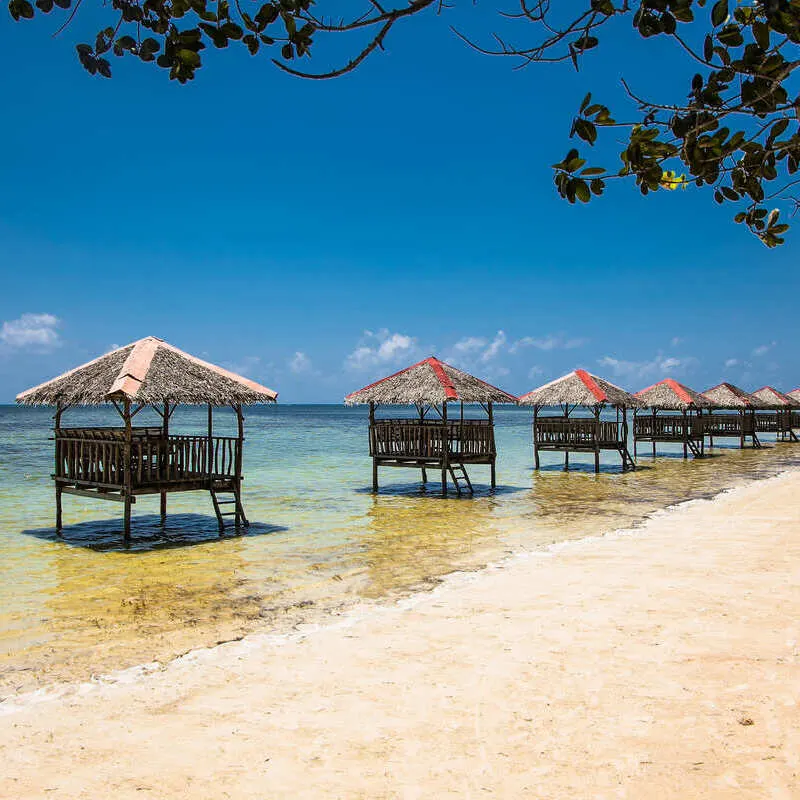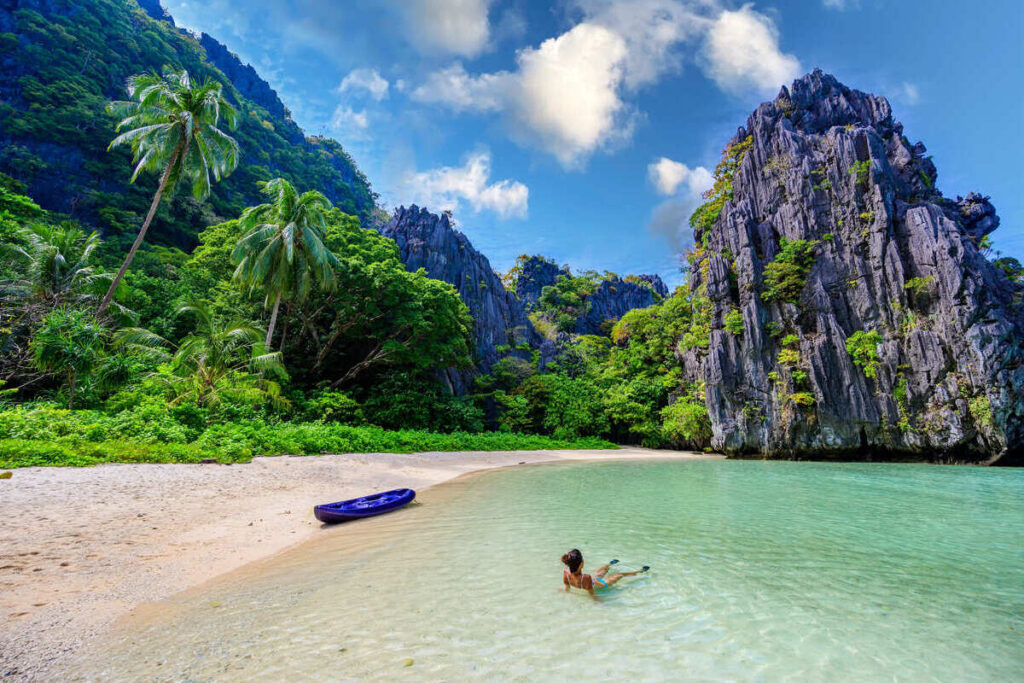Travel Guide
This Affordable Country With Paradise Islands Launches Digital Nomad Visa
An Asian archipelago made up of 7,641 islands, the Philippines has just confirmed that it will soon launch a new visa category aimed at attracting digital nomads who dream of living in the tropical country.
As of right now, digital nomads who have their hearts set on the Philippines are forced to resort to the infamous visa runs: in general, they can only remain in the national territory for up to 30 days as tourists before being required to leave.
Once the Philippines Digital Nomad Visa debuts (or how we’ll shorten it from now on, the PDNV), they will be able to stay for up to 2 years, provided they fulfill certain criteria:


One Of The Fastest-Growing Digital Nomad Hotspots In Asia
Following in the footsteps of countries like Thailand, Indonesia, and Vietnam, which have recently relaxed or tweaked visa rules to better accommodate foreigners who are remote workers and wish to stay longer, the Philippines is now ready to hop on the bandwagon.
For at least 5 years now, it’s been a prime destination for digital nomads, and primarily Western ones, looking for a higher quality of life, year-round warm weather, and affordable prices:
Manila, the vibrant Filipino capital straddling a bay on the island of Luzon, features as one of Asia’s most sought-after cities for digital nomads, owing it to its low cost of living—on average, nomads spend $1,093-a-month—and thriving expat scene.


Meanwhile, paradise islands like Palawan, Coron and Boracay, though less developed than other trendy Asian getaways like Phuket (in Thailand), or Bali, welcome guests to pristine, white-sand beaches, quaint seaside villages, and a laid-back life.
In 2024, the Philippines hosted around 5.9 million international visitors, and while authorities do not differentiate between regular, short-term tourists and digital nomads, it’s safe to say a sizable percentage of those belong to the latter category.
As reported by Globetrender, Filipino islands have seen a 173% increase in demand from remote workers, ranking third among digital nomad hotspots globally in 2025.


What Are The Requirements For The Philippines Digital Nomad Visa?
Onto that visa, now.
On April 24, the Philippine President signed an Executive Order (No. 86) officially paving the way for the long-anticipated PDNV, that will allow foreigners to enter and stay in the Philippines while working remotely, or running an online business.
There are always requirements, of course, like every DNV program, but unlike other countries in Asia, which have set stricter criteria, the Filipino visa is quite accessible.
In essence, you must tick all the boxes below:


- Be 18 years of age or older
- Prove you work remotely (through digital technology)
- Show proof of sufficient income*
- The income source must originate from outside the Philippines
- Have a clean criminal record
- Take out health insurance for the duration of your stay
- Be from a country that offers DNVs to Filipinos and have a Philippine Foreign Service Post (FSP) for visa processing
- Not pose a threat to national security
*As of right now, the financial requirement for the PDNV has not yet been announced


The visa has an initial duration of a year, renewable for an additional year if the criteria described above continues being met.
What Are The Caveats?
As you can see, there is a lot to unpack here, and a lot of details we don’t know fully, but we’ll do our best to guide you through it.
In sum, as long as you’re a digital nomad who’s an entrepreneur, or carrying out any form of paid work online, and being paid by a non-Filipino employer, and you’re a legal adult, you’re eligible.
You must also be able to prove you earn enough money to cover expenses during your stay, and though a financial threshold has not been set at this stage, based on other Digital Nomad Visas available in the market, we can guess it could be between $3,000 and $4,000-a-month.


Again, that’s merely guesswork at this point: we’ll be able to tell you for sure once the visa is rolled out within the next 60 days, which is when implementation of the program is scheduled to take place.
Then there is a second key requirement: being a national from a country that offers DNVs to Filipinos as well, and host a Filipino Foreign Post Service.
More clarification is needed, but if the Philippines is going down the reciprocity route, the number of eligible applicants will be curtailed drastically.
Will Americans Be Eligible For The PDNV?
Mainstream countries that offer Filipinos DNVs include Portugal, Spain, Croatia, Malta, Hungary, and Estonia in Europe, Malaysia, Thailand, Bali (in Indonesia), and Taiwan in Asia, and Colombia, Brazil, Ecuador, and Uruguay in the Americas.


Neither the United States, nor Canada currently have a Digital Nomad Visa practice—the U.S. is, in fact, tightening the issuing of visas.
Based on the information at hand, this would mean Americans would be disqualified as the United States does not issue Digital Nomad Visas, but don’t despair just yet: these are just early stages, and the law can always be updated.
Discover more incredible countries that have opened up their doors to digital nomads and foreign investors in recent years here.
Ready For Your Trip? Check The Latest Entry Requirements For Your Destination Here
↓ Elevate Your Travel↓
Sign Up Now For Travel Off Path Premium! No ads, VIP Content, Personal Travel Concierge, Huge Savings, Daily Deals, Members Forum & More!


✈️Join Our Travel Off Path Community Forum: Where travelers unite, ask questions, share experiences and even find like-minded travel buddies!
SUBSCRIBE TO OUR LATEST POSTS
Enter your email address to subscribe to Travel Off Path’s latest breaking travel news, straight to your inbox.
This article originally appeared on TravelOffPath.com
Opinions expressed here are the author’s alone, not those of any bank, credit card issuer, hotel, airline, or other entity. This content has not been reviewed, approved or otherwise endorsed by any of the entities included within the post.

